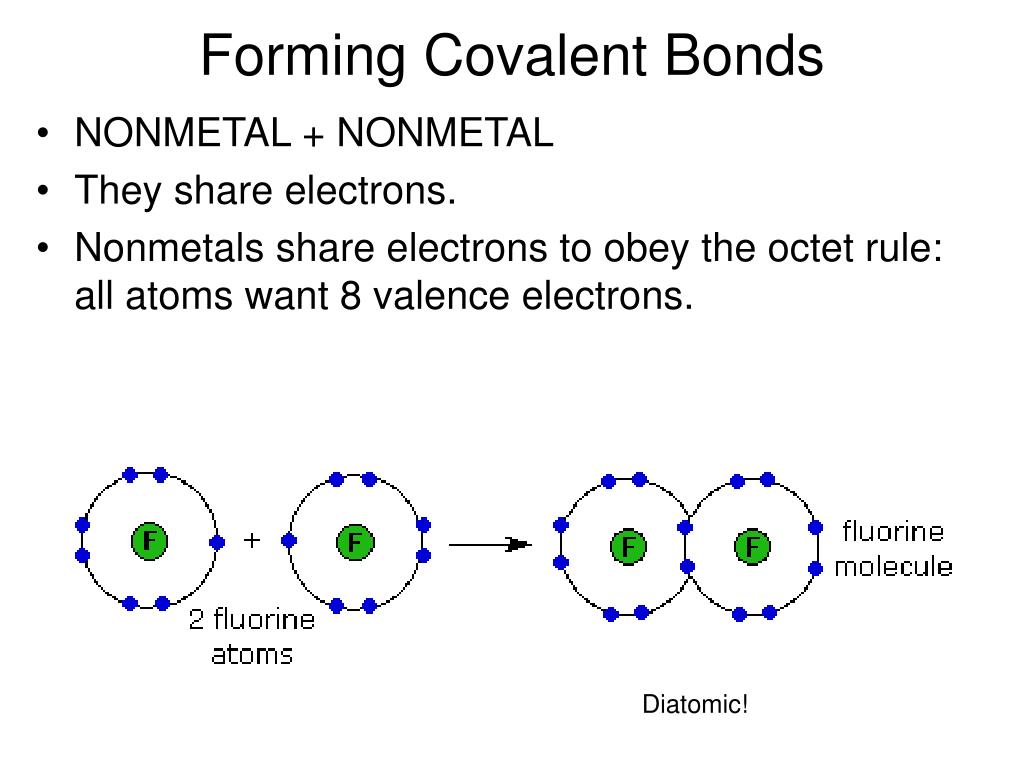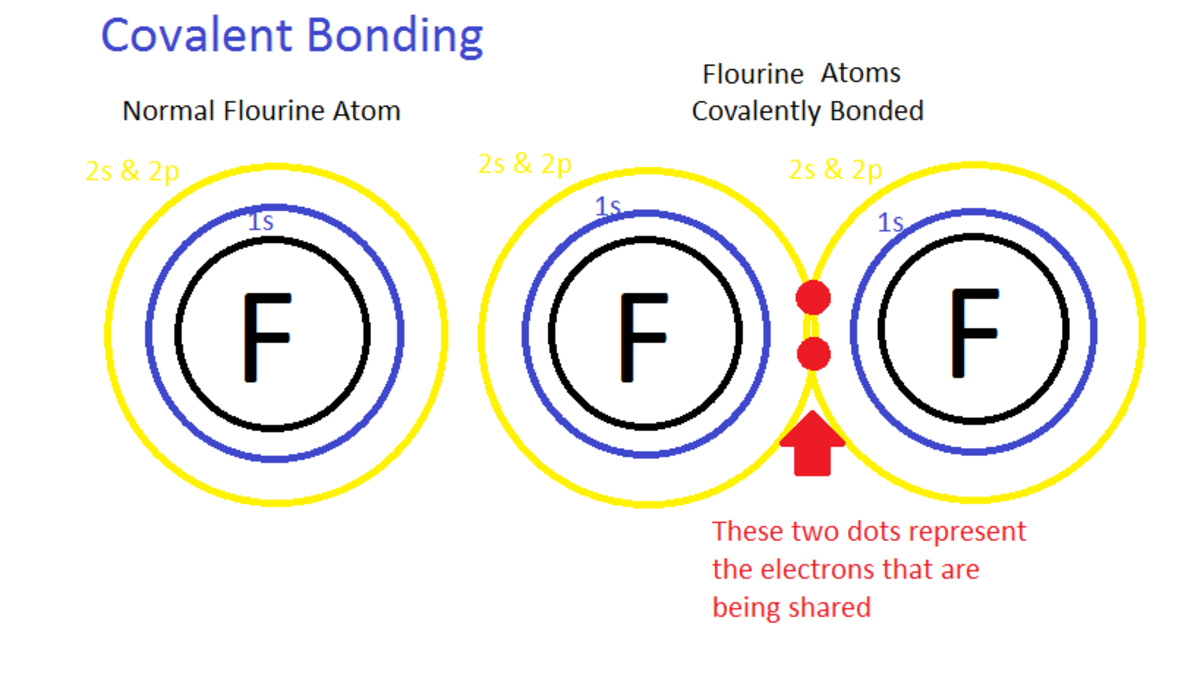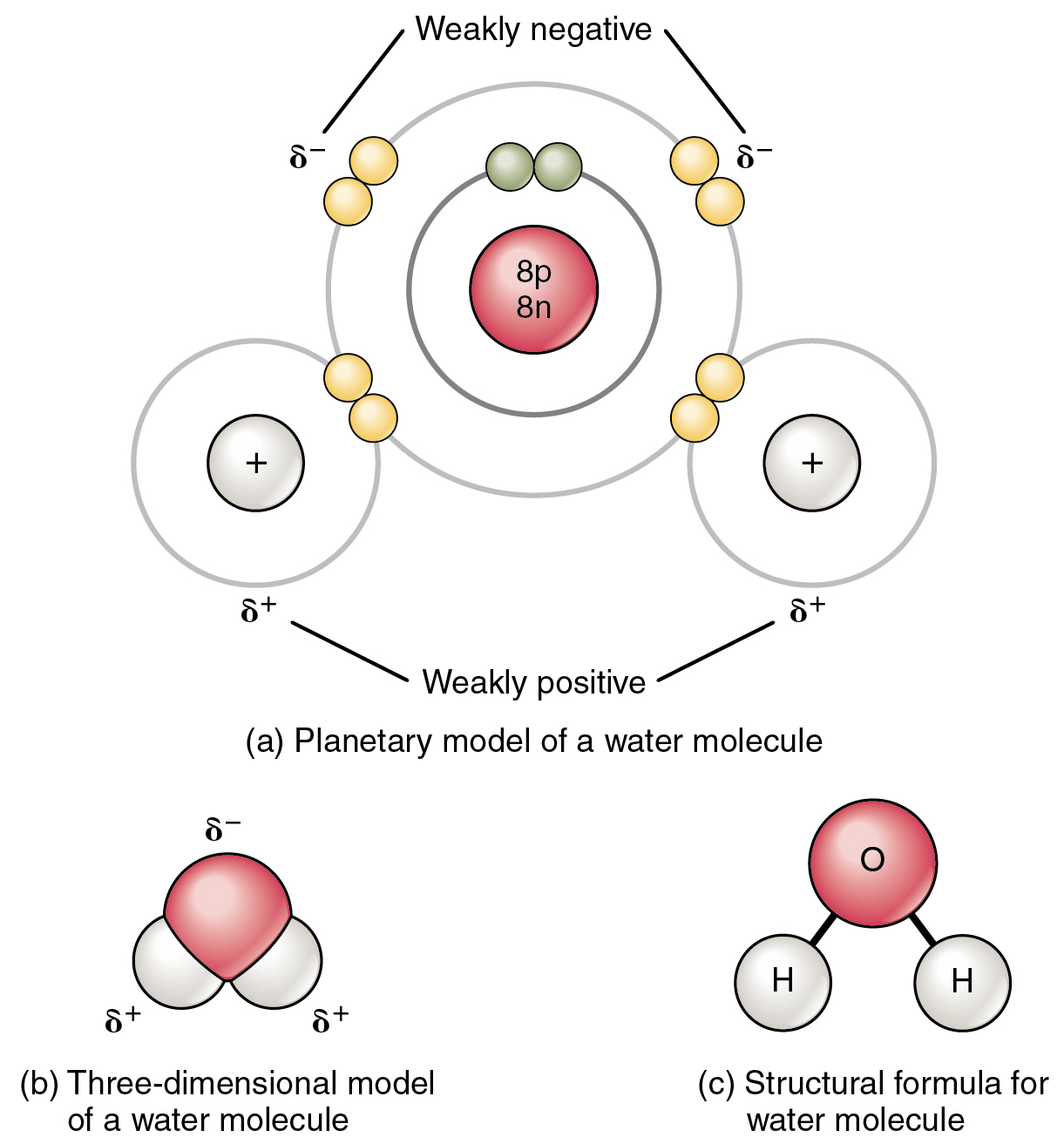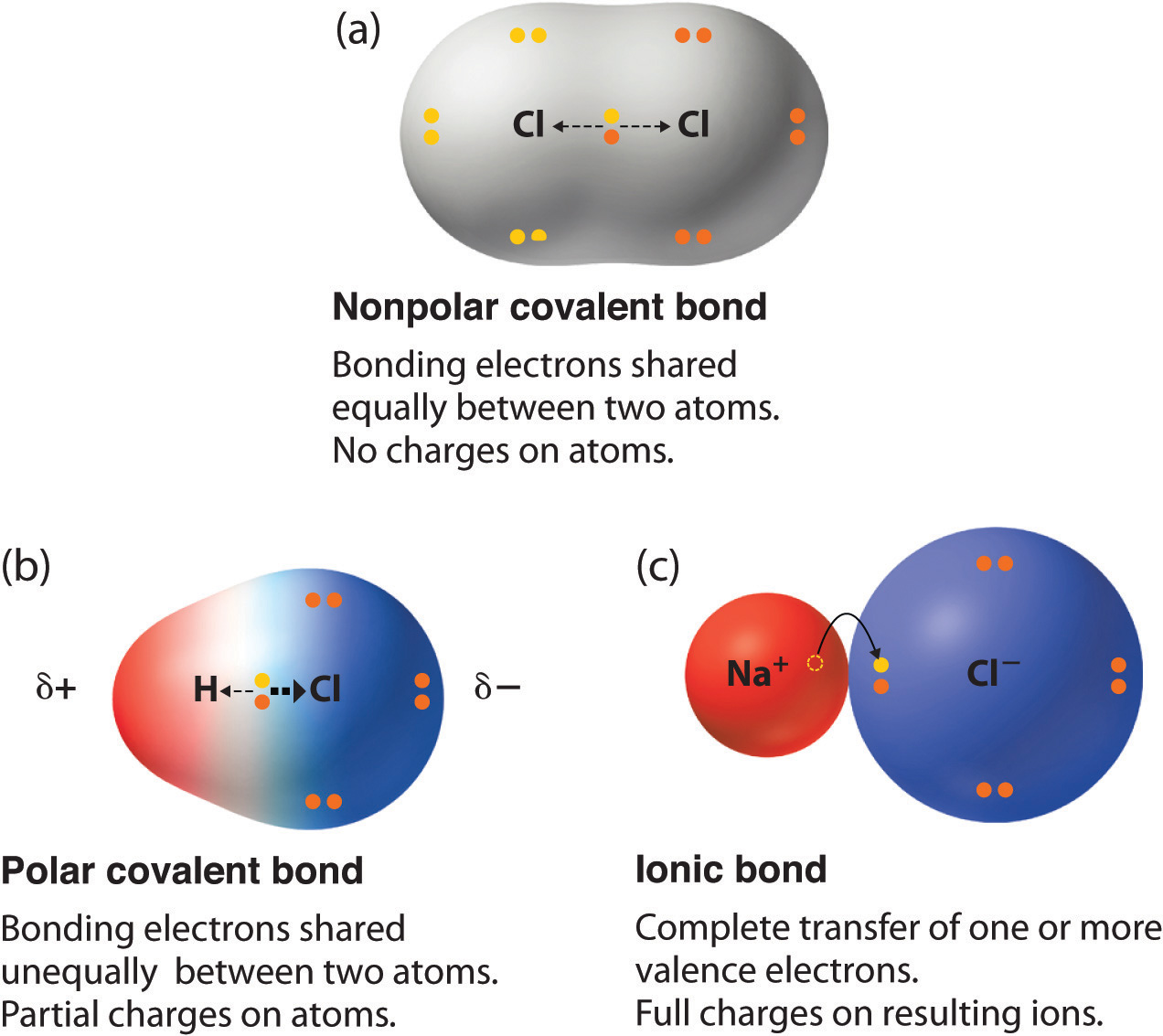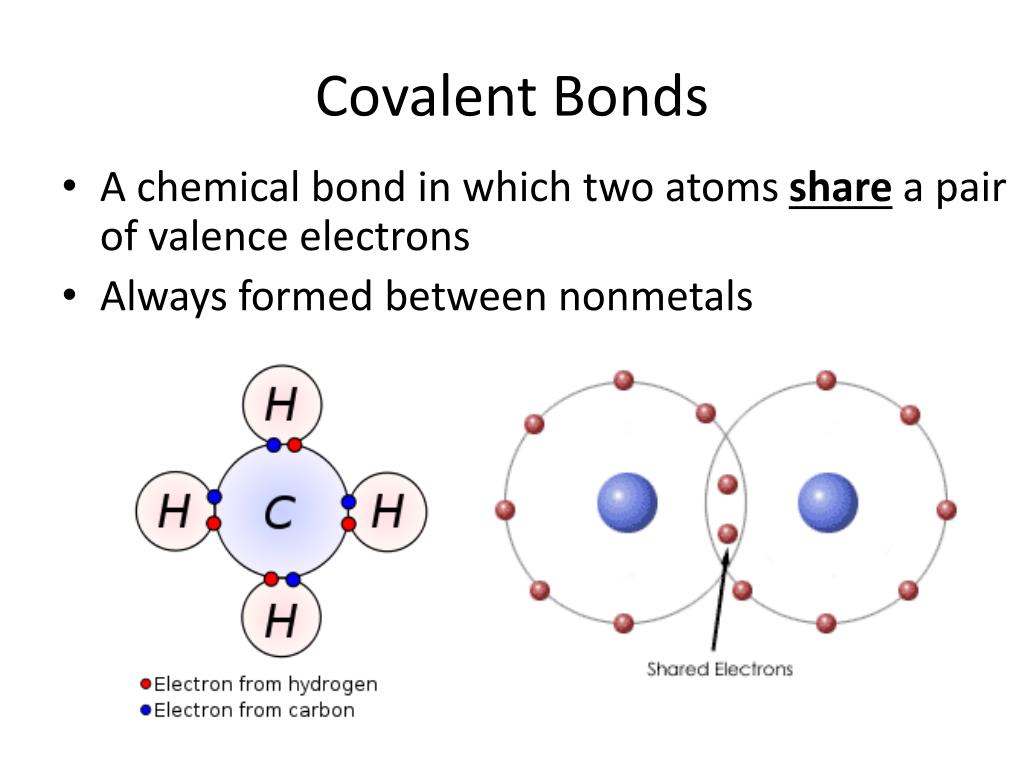Which Two Atoms Would Typically Form A Covalent Bond - Let us illustrate a covalent bond by. This usually occurs when two. In a polar covalent bond, the electrons are unequally shared by the. Share a pair of electrons. More than two atoms can participate in. Web a covalent bond is formed by two atoms sharing a pair of electrons. This type of bonding occurs between two. Two atoms that are both nonmetals b. Web a nonpolar covalent bond is created when atoms share their electrons equally. Nonmetal atoms frequently form covalent bonds with other nonmetal atoms.
PPT Covalent Bonding & Intermolecular Forces PowerPoint Presentation
In a polar covalent bond, the electrons are unequally shared by the. Nonmetal atoms frequently form covalent bonds with other nonmetal atoms. The electrons involved are in. Web forming a covalent bond. The atoms are held together because the electron pair is.
Chemical Bonding How Do Atoms Combine? What Are the Forces That Bind
Web oxygen and other atoms in group 6a (16) obtain an octet by forming two covalent bonds. Web the sharing of electrons between atoms is called a covalent bond, and the two electrons that join atoms in a covalent bond are. More than two atoms can participate in. Web there are two basic types of covalent bonds: This type of.
covalent bond Definition, Properties, Examples, & Facts Britannica
Web when two chlorine atoms come together to form a covalent bond, each atom contributes one electron to form a pair of electrons. The electrons involved are in. A type of chemical bond where two atoms are connected to each other by the sharing of two or more. Web which two atoms would typically form a covalent bond? In a.
Attractive Forces and Bonds
Web a covalent bond is formed by two atoms sharing a pair of electrons. A type of chemical bond where two atoms are connected to each other by the sharing of two or more. Web forming a covalent bond. Two atoms that are both nonmetals b. Web covalent compounds are basically the molecules that form when two different atoms form.
Chapter 5.6 Properties of Polar Covalent Bonds Chemistry LibreTexts
Web covalent compounds are basically the molecules that form when two different atoms form a covalent bond. For example, water, (\(\ce{h2o}\)), has two covalent bonds. The atoms are held together because the electron pair is. This usually occurs when two. A type of chemical bond where two atoms are connected to each other by the sharing of two or more.
Chemical Bonds Anatomy and Physiology I
Nonmetal atoms frequently form covalent bonds with other nonmetal atoms. Web a double bond between two given atoms consists of one σ and one π bond, and a triple bond is one σ and two π bonds. Web use lewis electron dot diagrams to illustrate the covalent bond formation in cl 2. More than two atoms can participate in. Web.
IGCSE Chemistry 2017 1.44 Know that a Covalent Bond is Formed Between
Two atoms that are both nonmetals b. This usually occurs when two. Web covalent bonding is the sharing of electrons between atoms. The electrons involved are in. Two atoms of very different.
Covalent Bond Biology Dictionary
Web use lewis electron dot diagrams to illustrate the covalent bond formation in cl 2. Web covalent bonding is the sharing of electrons between atoms. The atoms are held together because the electron pair is. Web covalent bonds are formed between two atoms when both have similar tendencies to attract electrons to themselves (i.e., when. This usually occurs when two.
Covalent Bonding (Biology) — Definition & Role Expii
For example, water, (\(\ce{h2o}\)), has two covalent bonds. A covalent bond is formed when two atoms share a pair of electrons. Web covalent bonds involve the sharing of electron pairs between atoms. Web when two chlorine atoms come together to form a covalent bond, each atom contributes one electron to form a pair of electrons. Two atoms of very different.
PPT Covalent Bonds PowerPoint Presentation, free download ID6647183
Web formation of covalent bonds. Web oxygen and other atoms in group 6a (16) obtain an octet by forming two covalent bonds. A covalent bond is formed when two atoms share a pair of electrons. This type of bonding occurs between two. Web when two chlorine atoms come together to form a covalent bond, each atom contributes one electron to.
For example, water, (\(\ce{h2o}\)), has two covalent bonds. Two atoms that are both nonmetals b. Web covalent bonds are formed between two atoms when both have similar tendencies to attract electrons to themselves (i.e., when. Web a covalent bond is formed by two atoms sharing a pair of electrons. This usually occurs when two. Share a pair of electrons. Let us illustrate a covalent bond by. More than two atoms can participate in. Web there are two basic types of covalent bonds: Web which two atoms would typically form a covalent bond? Web a covalent bond forms if the bonded atoms have a lower total energy than the widely separated atoms. Web when electrons are shared between two atoms, they make a bond called a covalent bond. Web forming a covalent bond. Web a double bond between two given atoms consists of one σ and one π bond, and a triple bond is one σ and two π bonds. In a polar covalent bond, the electrons are unequally shared by the. Web formation of covalent bonds. Web the sharing of electrons between atoms is called a covalent bond, and the two electrons that join atoms in a covalent bond are. Web covalent compounds are basically the molecules that form when two different atoms form a covalent bond. Web two different atoms can also share electrons and form covalent bonds. Two atoms of very different.
Web Two Different Atoms Can Also Share Electrons And Form Covalent Bonds.
This type of bonding occurs between two. Web which two atoms would typically form a covalent bond? For example, water, (\(\ce{h2o}\)), has two covalent bonds. A type of chemical bond where two atoms are connected to each other by the sharing of two or more.
Two Atoms Of Very Different.
A covalent bond is formed when two atoms share a pair of electrons. Web a double bond between two given atoms consists of one σ and one π bond, and a triple bond is one σ and two π bonds. Web when electrons are shared between two atoms, they make a bond called a covalent bond. Two atoms that are both nonmetals b.
Web A Nonpolar Covalent Bond Is Created When Atoms Share Their Electrons Equally.
Web covalent bonds are formed between two atoms when both have similar tendencies to attract electrons to themselves (i.e., when. Nonmetal atoms frequently form covalent bonds with other nonmetal atoms. Web forming a covalent bond. The electrons involved are in.
The Atoms Are Held Together Because The Electron Pair Is.
Web when two chlorine atoms come together to form a covalent bond, each atom contributes one electron to form a pair of electrons. In a polar covalent bond, the electrons are unequally shared by the. Web covalent bonding is the sharing of electrons between atoms. Web formation of covalent bonds.

